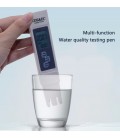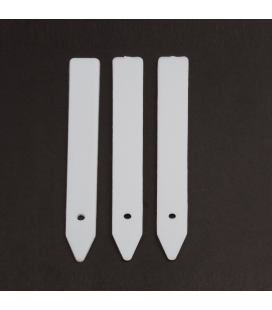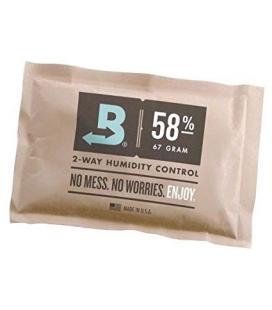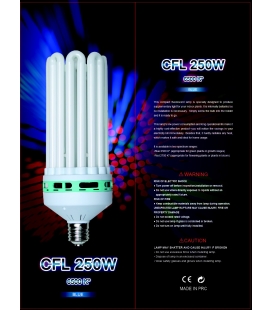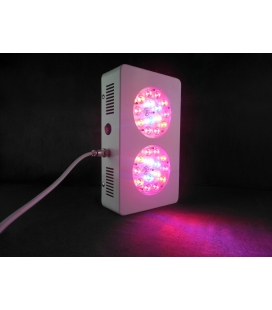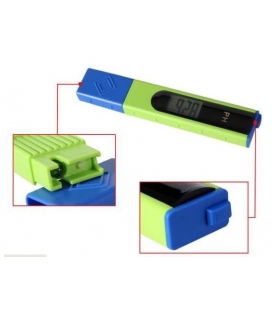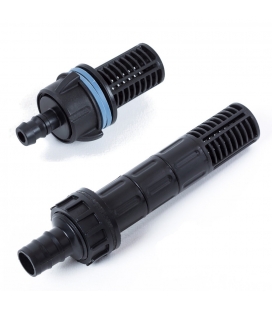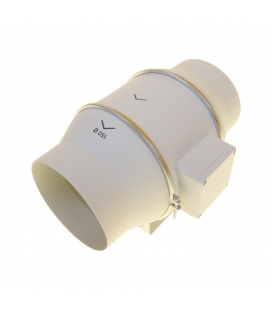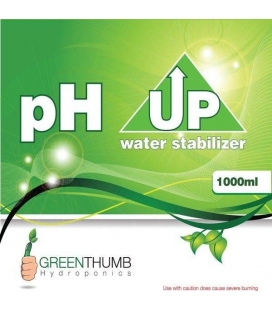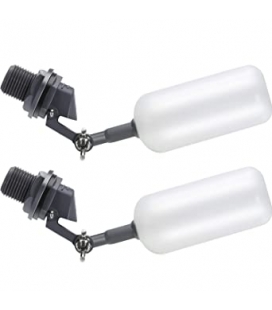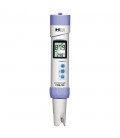Categories
- » Accessories
- » Cloning & Propagation
- » Controllers
- » Ducts, Pipes, Clamps
- » Fans
- » Filters
- » Grow Media
- » Grow Systems
- » FloraFlex
- » Indicators & Monitors
- » Method Seven
- » Lighting
- » Nutrients & Pest Control
- » Pots & Trays
- » Pumps
- » Tents, Plastics & Foils
- » All Products
- » Seeds & Clones
- » Black Friday


EC Meter AP2
FEATURES:
Measures electrical conductivity (EC) and temperature.
Automatic Temperature Compensation (ATC).
Water-resistant housing.
Digital Calibration (auto push-button).
Auto-off function, data-hold function and low-battery indicator.
Display: LCD screen with simultaneous EC and temperature reading.
The AquaPro AP2 is pre-calibrated by Greenthumb Hydroponics before it is shipped to you. The meter can be re-calibrated by using the push-buttons, rather than a screwdriver.
INCLUDES:
- Batteries.
- 100ml bottle of calibration fluid.
- Storage case.
SPECIFICATIONS:
EC Range: 0 - 9999µS (µS/cm).
Temperature Range: 0 - 80°C.
Resolution: 1 µS; Temp. resolution: 0.1°C.
Accuracy: +/- 2%.
Power source: 1 x 3V button cell (included) (model CR2032)
DIMENSIONS:
15 x 2.8 x 1.3 cm
WEIGHT:
42.5 g
EC, TDS and CF in hydroponics:
EC is an indication of how much resistance is in the solution. The more nutrients in the solution, the higher the EC. EC is often converted into PPM (parts per million), which is only an indication of TDS. CF is simply the European standard of measurement. An EC measurement is simply multiplied by 10 to reach the same CF. However, because the standards differ slightly, they use different conversion factors to reach TDS. For ease of use as well as accuracy, PPM is commonly used in hydroponic cultivation, however, it is an EC parameter that has been multiplied by a conversion factor. Usually, the EC meter will do the conversion automatically, however, some meters may only show EC. You then need to find out which conversion factor applies to that meter and apply it.
Plants require increasing amounts of nutrients as they grow, but will decay if the solution is too strong. It is always recommended to monitor the plant for signs of nutrient deficiency or nutrient burn and adjust the feeds accordingly.
WHEN USING THE METER:
We've pre-calibrated
A new probe has to be 'run in', so check your calibration every week for the first 4 weeks, then every 2 weeks and then at least once a month.
If you suspect the reading is wrong, clean the probe and check the batteries.
Ensure you calibrate your meter frequently using pH calibration solution.
Keep the probe moist and clean. If you see a residue build-up on the probe, clean gently with a soft toothbrush and vinegar.
The probe is delicate! Avoid dropping or damaging the glass probe.
Customers who bought this product also bought:
Customer ratings and reviews






